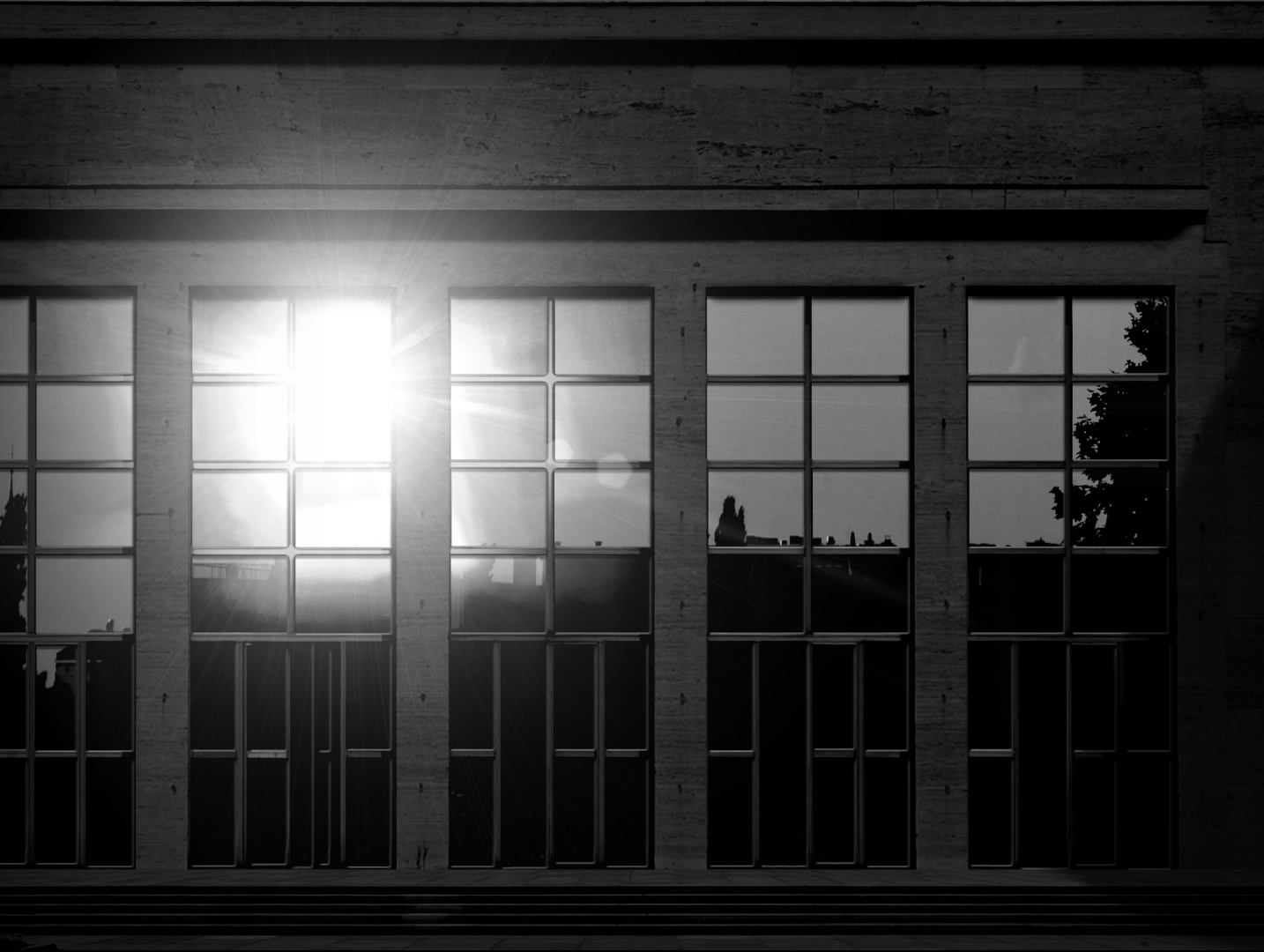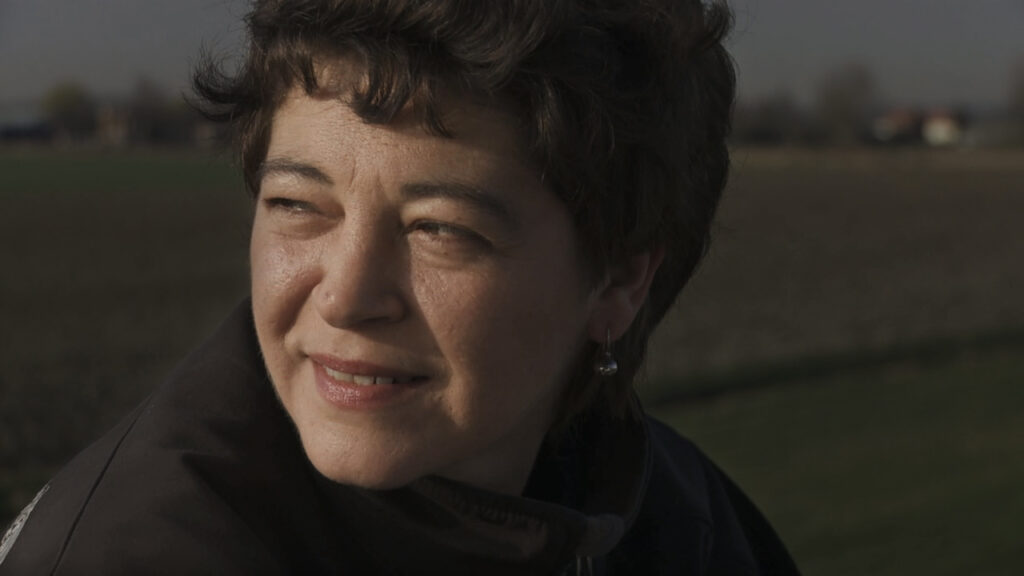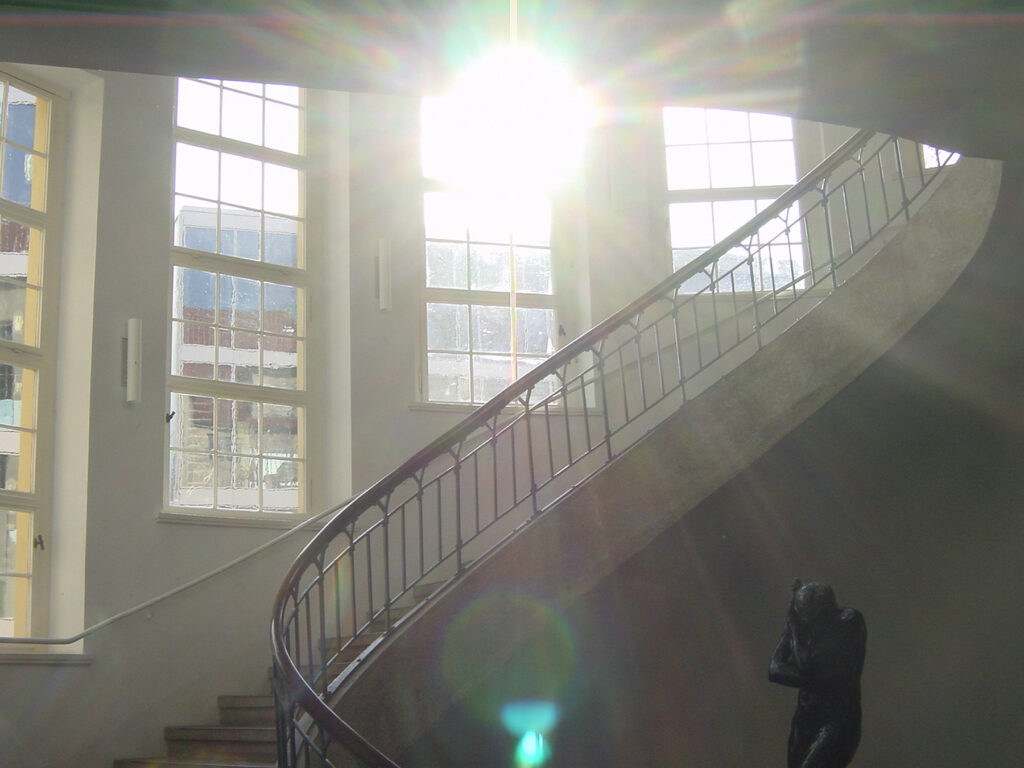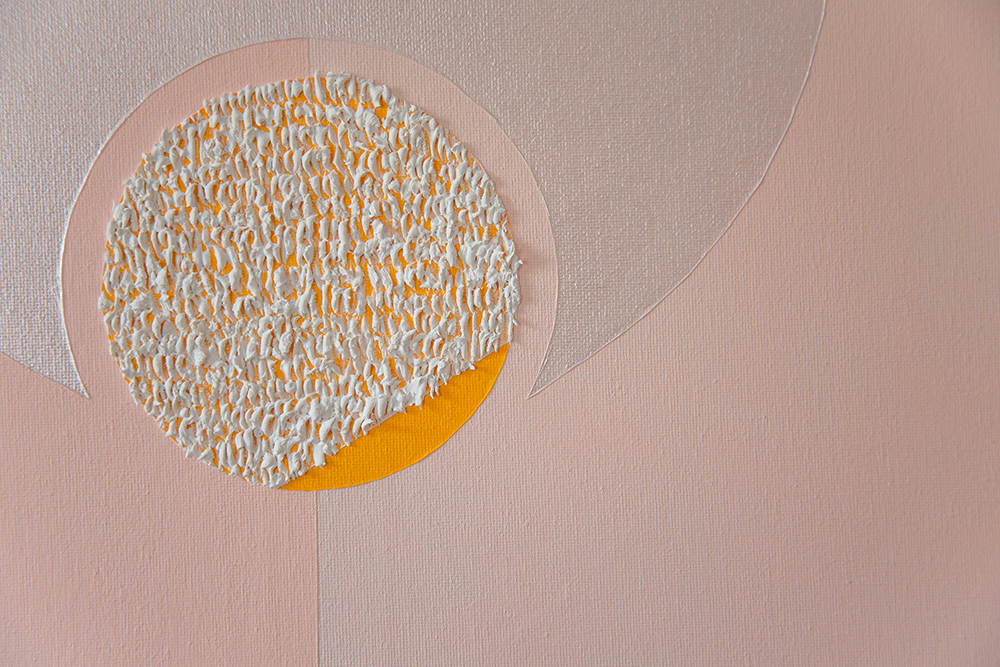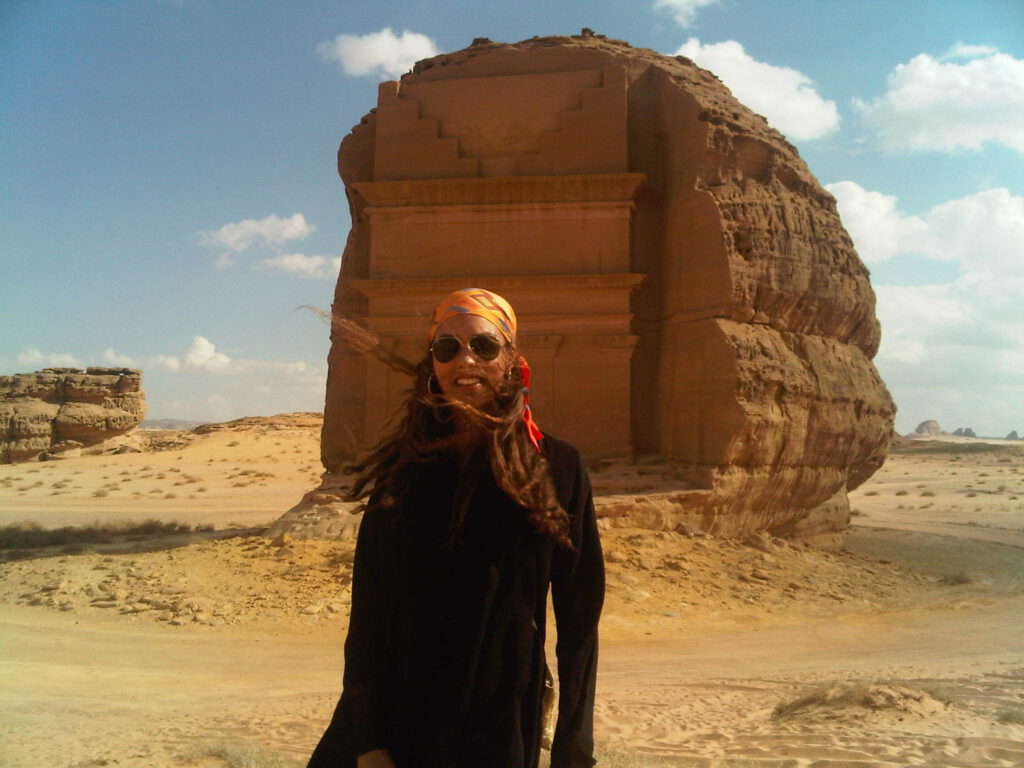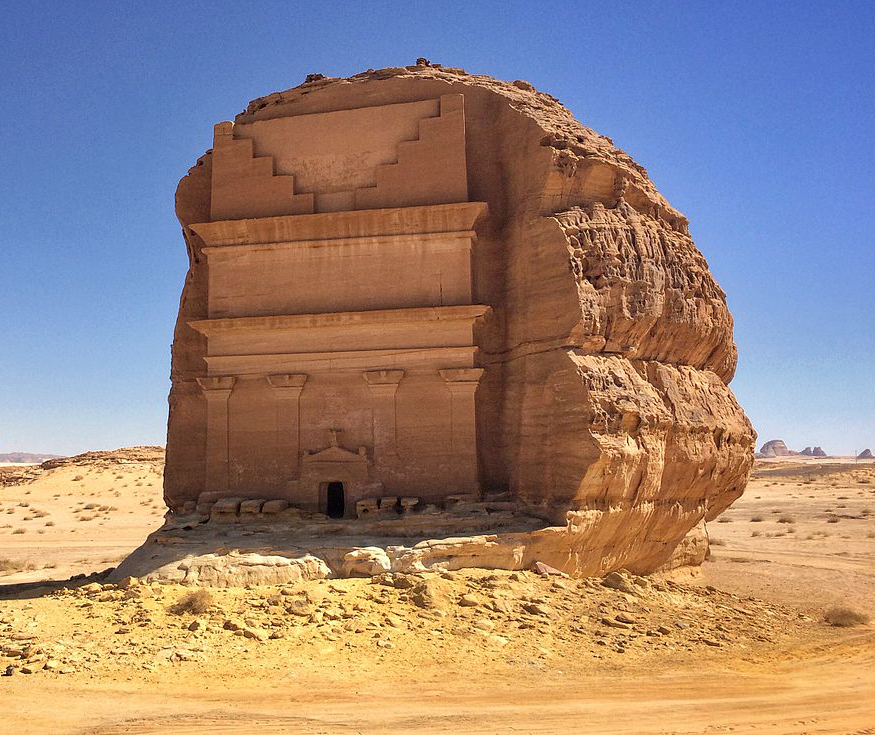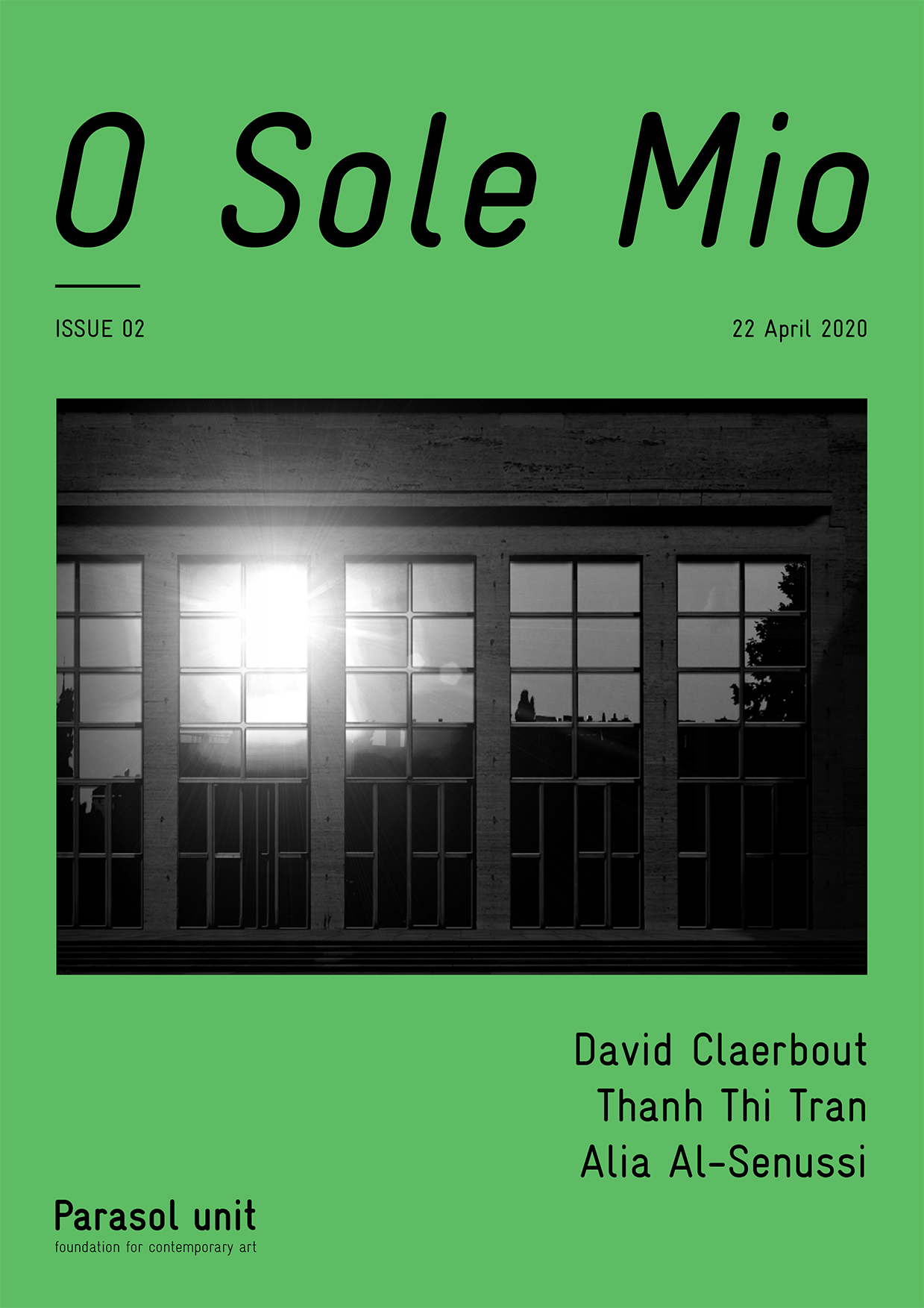The Thrill of the Unexpected
It is interesting to note that as soon as we encounter any kind of occurrence, a relationship is immediately and precisely established between what has occurred and oneself. This is a reality which sets the stage for a journey in which both parties, whether friends or foes, become travelling companions on a journey that may or may not fill with unforeseen surprises.
Let us think for a moment about what can be considered an occurrence. It could be simply meeting someone, which in turn has the potential to become either a life-changing or totally insignificant experience. It could be the birth of a child, which would entirely change one’s life and existence. It could be a journey to a known or unknown destination, which may offer us the potential to discover somebody or something special. Or it could simply be a walk in the woods, fields, a park, or in the mountains, which lets us perceive some hitherto unnoticed reality or object.
The global effects of Covid-19, which we have all experienced these past few months certainly constitute an unusual occurrence, and now that its existence is established, we and the virus must journey together into the unknown. Some people think that once the virus has been beaten, life will be different; while others disagree and are positively and avidly looking forward to resuming life as it was before, to the life they had previously known as normal. Let’s keep that question open for now as we ponder more on whether the whole experience will lead us to discover something new or will in some way enhance our life.
It was with just such philosophical thoughts that I recently took a walk in the woods. Nature, still somewhat in its state of winter dormancy, seemed on the verge of reasserting its life and energy.
However, for much of my saunter, I walked on dry leaves and at each step could hear the crunch of them beneath my walking boots. Interestingly, the simple act of walking connected me to the past, to seasons long-since elapsed and to the leaves which would never regain their past vitality.
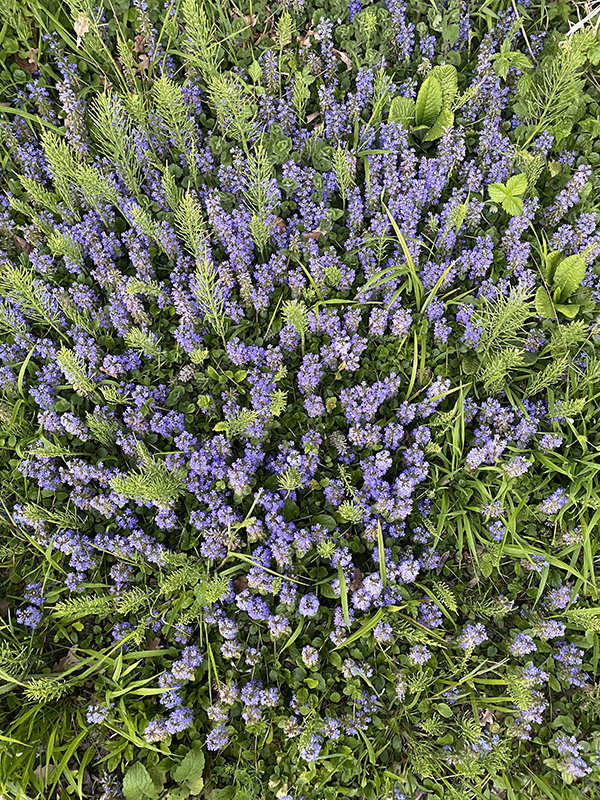
This stroll was never meant to have any specific destination. Although I had been busy with many thoughts filling my head, I knew it was time I got some fresh air. Perhaps the real reason for my walking was that I needed to clear my mind. I realised as I walked that I was gradually losing my sense of orientation, but I did not mind because this was a relatively well-known area and losing my sense of orientation is how I usually relax in stressful situations. After a few minutes, the dense trees among which I was wandering gradually became more open. I could faintly detect signs of renewed life: patches of blue in the sky above and some green grass here and there beneath my walking boots. And no wonder. After all, we had already passed the spring equinox – a time to celebrate renewal, rebirth and fertility. Only a little further on, I came to an area of deep blue tufts of spring flowers growing under the trees. My spirit was intensely lifted by the experience and a leisurely walk to relax my mind ended with a beautiful encounter. I realised life and renewal were there not only because the solar calendar predicted it, but because the reality of it was there to confirm it.
Ziba Ardalan
Founder, Artistic and Executive Director
David Claerbout
Thanh Thi Tran
Reflection by Princess Alia Al-Senussi
Issue 02 of O Sole Mio presents works by the artists David Claerbout and Thanh Thi Tran, as well as a written reflection by Princess Alia Al-Senussi.
The works by David Claerbout and Thanh Thi Tran share a peculiarity in that their images deal with the sun in motion, which introduces to them an inherent element of time. In David Claerbout’s Reflecting Sunset, 2003, the sun moves through time from one windowpane to the next. Whereas, Thanh Thi Tran’s paintings, Post Stasis, 2020, seem to function as a stage on which clouds seemingly appear and disappear, thereby creating a noticeable tension through lapses in time. The works of both artists also contain and highlight a certain element of unpredictability, something that inevitably opens up to unexpected occurrences and new opportunities.
Primarily working with photography and moving image, David Claerbout, like many artists of his generation, is fascinated by found images and creates his works by extensively appropriating and reconfiguring them. He has collaborated with Parasol unit on several other projects.
Thanh Thi Tran is an artist who works primarily with paint. At first glance her work appears to be a visceral expression with the potential to become a cathartic experience, which can be seen in her series entitled Repetition in Truth. For this O Sole Mio exhibition, Tran has painted the image of a sun almost completely covered with delicately applied dabs of white paint, as if it were partly shielded behind a drift of moving cumulus clouds.
For the Reflections section we are inviting those from the artistic community to contribute a thought, memory or observation in response to ‘O Sole Mio’.
Born in the USA, raised between Cairo, the US and Europe and now based in London, Princess Alia Al-Senussi, PhD, is a collector, art patron and cultural strategist with a particular interest in the arts and artists of the Middle East. She recently received her doctorate in Politics from the School of Oriental and African Studies in London, is currently Art Basel’s UK, Middle East and North Africa representative, and works as the adviser for arts and culture at the Milken Institute and a senior adviser for the Saudi Ministry of Culture.


